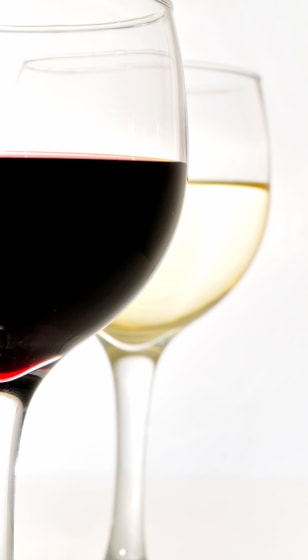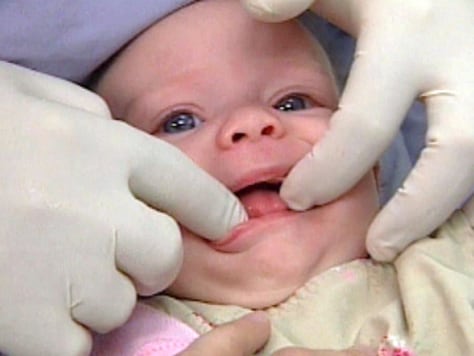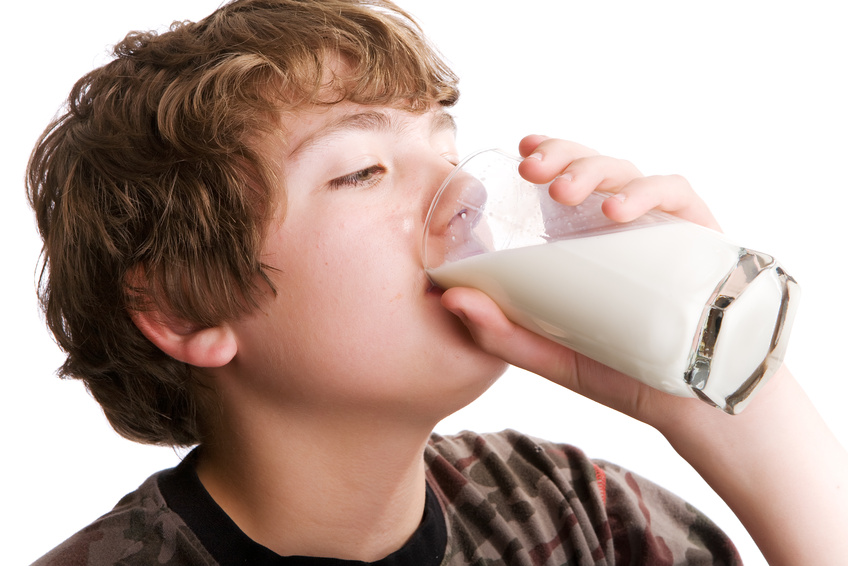 Down a couple of glasses of red at a party and you’ll see those stains right away. But spend the evening sipping white and you (not to mention, your friends) will notice stains later on.
Down a couple of glasses of red at a party and you’ll see those stains right away. But spend the evening sipping white and you (not to mention, your friends) will notice stains later on.
Monika Jones, 28, loves red wine. What she doesn’t love is the “monster mouth” it gives her.
“I’ve found that red wine not only stains my teeth — it turns the inner part of my lips a dark magenta after just two glasses,” says Jones, a Seattle writer. “My friends call it ‘monster mouth.’”
In an effort to avoid monster mouth (and stained teeth), Jones recently switched from red to white and cut back on her coffee.
But is this actually the right choice? After all, if you stick with white, you could miss out on the heart-healthy benefits of red. On the other hand, going for the full grape gusto means you risk walking around with red-tinged “Twilight” teeth.
What’s a health conscious (and somewhat vain) vino drinker to do?
Setting the stage for stains A new study indicates you might want to decide when you’d rather have stained teeth. Now — or later?
“Red wine is an amazing staining material, but white wine makes the teeth more susceptible to staining,” says Dr. Mark Wolff, a professor at the New York University College of Dentistry.
“When you drink an acidic beverage, you wind up in a scenario where you etch the outer surface of the tooth slightly, making it more susceptible to chemicals that have pigment in them.”
In other words, down a couple of glasses of red at a party and you’ll see those stains right away. But spend the evening sipping white and you (not to mention, your friends) will notice stains later on. (On the upside, you may all be too snockered to notice as the evening wears on.)
In a study presented at the annual meeting of the International Association for Dental Research, Wolff and his colleagues soaked one set of cow teeth (a close match to human teeth) in water and another set in white wine. Then they immersed both sets in black tea and compared stains. The wine-soaked teeth had “significantly darker stains” thanks to the way white wine set the stage for staining.
As a result, white wine drinkers can wind up with stains nearly as intense as red wine drinkers simply by following a glass or two of Chardonnay with tea, coffee or cola, says Wolff.
Killer combos Chasing white wine with a glass or two of red is another sure-fire stain-maker, perhaps even powerful enough to spawn a new motto ala “Beer before liquor, never been sicker.” Red after white and your smile will be a fright?
But that’s not the only thing that can give a white wine drinker dark teeth.
“We’ve looked at blueberries, strawberries, blackberries, sodas, teas and sports drinks,” he says. “White wine and anything that’s deeply pigmented will cause stains.”
And yes, that also includes those glistening bowls of holiday cranberries.
As a result of the study, Wolff says he doesn’t tell people to avoid wine, but instead suggests they pay attention to their combinations. Also on his list of things to watch for: dental overkill.
“Drink in moderation and when you’re done, rinse with water,” he says. “Don’t run to the bathroom and brush right after.”
“That can cause aggressive wear,” he says. “You want to let your saliva get to the teeth and remineralize them. It rehardens the tooth and gets rid of the areas that are etched in [by the acidic wine]. When you’re done drinking, rinse with water and then brush with a good whitening toothpaste when you get home.”
Of course, there’s more to wine than acid and tannins and colorants that stain the teeth. There are also all those studies touting various health benefits, as well as the risks of drinking too much.
A recent study at Fred Hutchinson Cancer Research Center in Seattle, for instance, concluded that red wine and white wine are equal in terms of breast cancer risk. Other studies claim mild-to-moderate red wine drinking may lower lung cancer risk, protect the prostate and reduce heart damage. A new study out of Italy even found a relationship between moderate intake of red wine and better sexual health in women.
“I think there’s convincing evidence for reduced risk of heart disease, reduced risk of diabetes and reduced risk of overall mortality [for red wine drinkers],” says Dr. Eric Rimm, associate professor of epidemiology and nutrition at Harvard School of Public Health. “But people who have one to two [alcoholic] drinks a day have those benefits regardless of the beverage they’re consuming.”
Rimm says his research — and that of many others — suggests the health benefits stem from the ethanol, which is present in red wine, white wine, beer and spirits.
“There’s some suggestion that red wine may be more beneficial than other beverages, but there are an equal number of studies suggesting the opposite,” he says. “It would be a shame for people to give up their white wine because they think only red wine is beneficial.”
Happy medium? What’s a holiday drinker to do? Stick with white but skip the cranberry cheesecake and coffee? Stay with red (and its instant stains) but take comfort in the raft of heart-healthy studies? Forego alcohol altogether and stay refreshed (and risk-free) with hot spiced cider?
Monika Jones says she’s leaning towards the middle.
“There are just too many studies,” she says. “One day it’s a pro and the next a con. I decided it’s just a matter of moderation. And lately, I’ve been thinking of rosé.”
source: http://www.nbcnews.com/id/34331725/ns/health-oral_health/#.UmQkGfmsiM4
by Diane Mapes
http://www.smilesbydesigninlivermore.com






